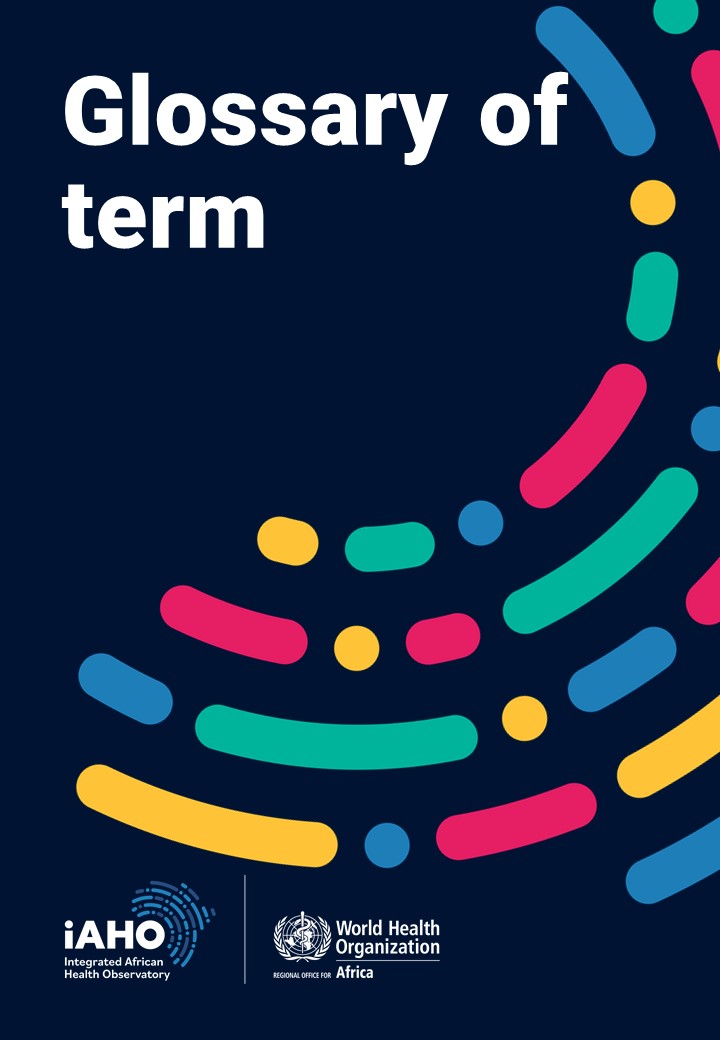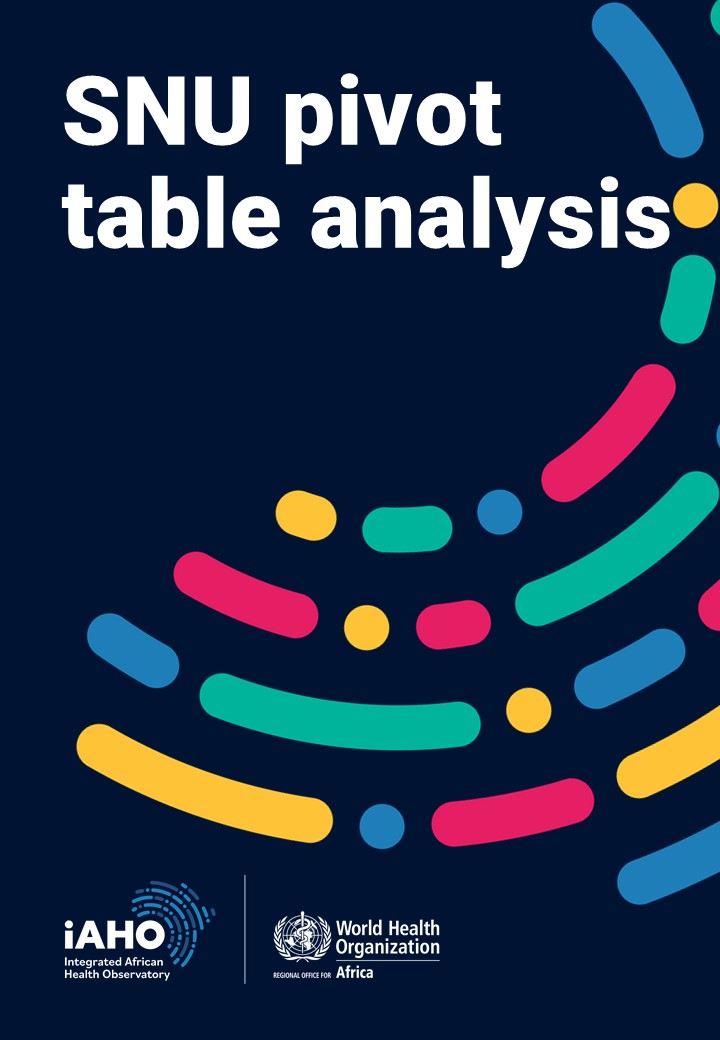Additional materials

The creation of a glossary of terms serves as a critical component in enhancing clarity and promoting a shared understanding among stakeholders...

A pivot table is a versatile Microsoft Excel tool that empowers you to analyse, summarize, and interpret large datasets in a user-friendly manner...
